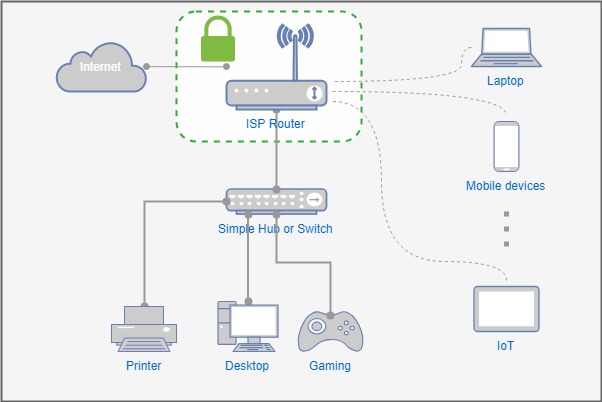Wearable Technology Innovations and Applications: Shaping the Future of How We Live, Work, and Thrive
Wearable technology has evolved from fitness trackers and smartwatches into an ecosystem of smart, connected devices that blend seamlessly into our daily lives. What began as a trend is now a transformational force driving innovation across industries like healthcare, sports, fashion, and even enterprise-level business operations. Understanding wearable technology innovations and applications is crucial for anyone looking to stay ahead in the age of smart living. These devices are not only gathering real-time data they’re redefining the way we interact with our environment, our health, and our productivity.
How Smart Wearables Are Enhancing Health Monitoring and Wellness
One of the most powerful applications of wearable technology is in healthcare and personal wellness. Devices like fitness bands, smartwatches, and medical-grade sensors can now track heart rate, sleep cycles, blood oxygen levels, and even detect irregular heart rhythms. For individuals managing chronic conditions like diabetes or hypertension, wearables provide real-time feedback and early warnings that encourage proactive care. Beyond physical health, some innovations now monitor stress, hydration, and mental wellness. The integration of AI allows these tools to analyze data patterns and deliver personalized health insights, making preventive care more accessible than ever before.
Revolutionizing Workspaces with Enterprise-Grade Wearables
Wearable tech is no longer limited to consumer gadgets it’s finding serious utility in the workplace. In industries such as logistics, manufacturing, and field services, smart glasses and wrist-mounted displays help workers access real-time instructions, schematics, or data without pausing for a device. This hands-free capability boosts productivity, accuracy, and safety. For office-based employees, wearable devices can track posture, alert users to screen fatigue, or integrate with calendars to provide movement reminders. As hybrid work environments evolve, businesses are leveraging wearable tools to promote well-being and streamline task execution at every level.
Sports, Performance, and Real-Time Coaching Through Wearables
Athletes, from casual runners to elite professionals, are increasingly relying on wearable devices to enhance their performance. Smart shoes, connected clothing, and biometric sensors provide immediate feedback on posture, muscle activation, and stride efficiency. With AI-powered insights, these tools help optimize training routines and reduce injury risk. Coaches and trainers use this data for more precise, evidence-based recommendations. Even in team sports, wearables are used to monitor player workload, stress levels, and recovery rates providing an edge that blends physical talent with technological precision.
Fashion Meets Function: The Rise of Stylish, Smart Wearables
Gone are the days when wearable tech looked bulky or purely utilitarian. Today, fashion-forward designs are merging style with functionality. From rings that track sleep to smart glasses that deliver augmented reality experiences, wearables are becoming more discreet and elegant. Fashion brands are collaborating with tech companies to produce accessories that complement personal style while delivering powerful capabilities. Smart jewelry that vibrates for notifications or clothing embedded with responsive fabric sensors is turning wearable tech into a lifestyle choice, not just a gadget.
The Future of Wearable Tech: AI Integration, Biometrics, and Beyond
As technology continues to evolve, the next generation of wearable innovations promises even deeper integration into daily life. AI and machine learning are powering devices that learn user habits and adapt in real time. Biometric authentication through wearables may soon replace passwords, while implantable or skin-worn devices could monitor health with medical-grade precision. Augmented reality wearables are poised to enhance everything from navigation to remote collaboration. With edge computing and 5G, future wearables will offer faster responses and more reliable connections opening doors to applications we haven’t yet imagined.
FAQs
Are wearable devices secure when it comes to personal data?
Most major devices use encryption and secure storage, but users should always review privacy settings and data sharing policies.
Do wearables work without a smartphone connection?
Some advanced models offer standalone functionality with built-in GPS, LTE, or Wi-Fi, but many still rely on a smartphone for full features.
Can wearable tech really improve fitness results?
Yes. Consistent data tracking and personalized feedback can help users train smarter and achieve goals more effectively.
Are wearable devices suitable for older adults or people with medical conditions?
Absolutely. Many are designed specifically for elder care, fall detection, medication reminders, and chronic condition monitoring.
What’s the battery life like on most wearables?
Battery life varies by device and usage but typically ranges from one to seven days. Some minimalist devices can last even longer.

